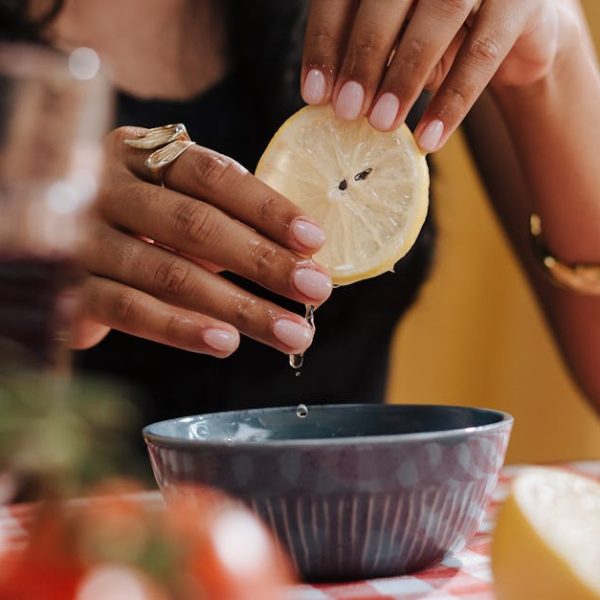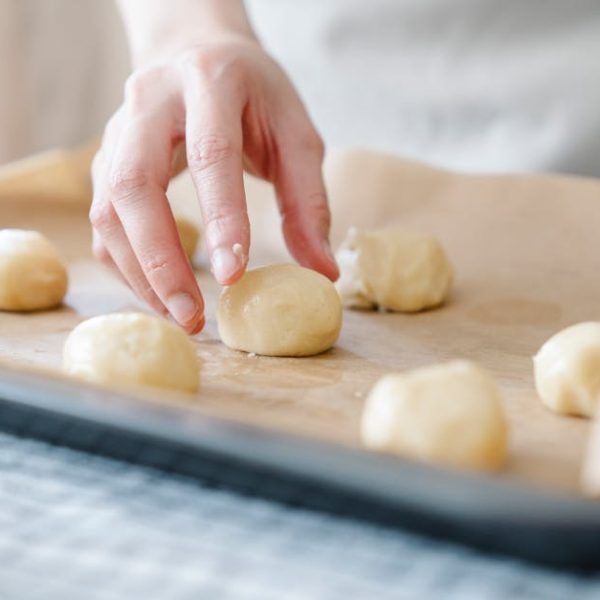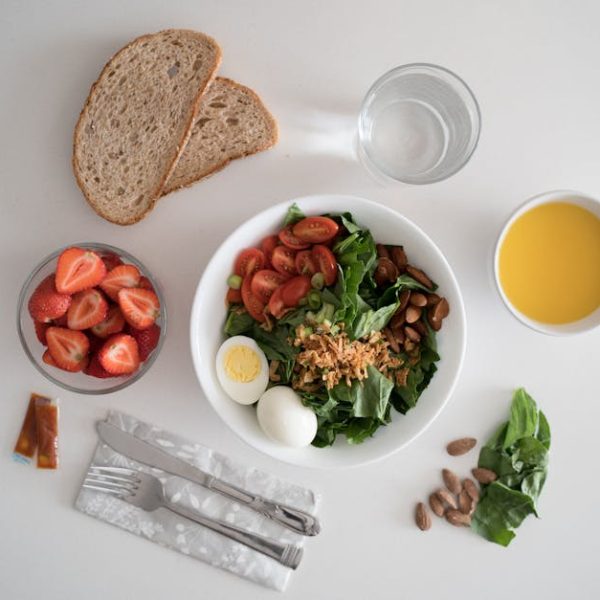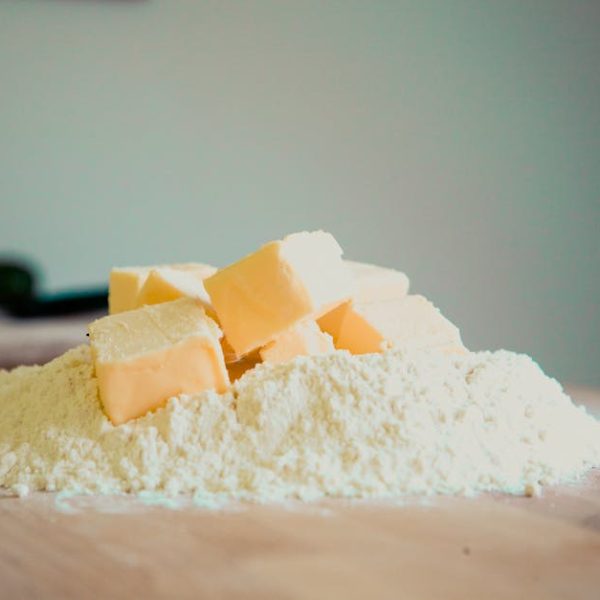Sherry vinegar, a rich and complex ingredient, often plays the unsung hero in the culinary world. Its robust flavor profile, which combines the sweetness of ripe grapes, the tanginess of fermented vinegar, and the subtle warmth of sherry wine, works brilliantly to elevate dishes from mundane to extraordinary. Here are ten remarkable ways in which you can incorporate the distinct flavor of sherry vinegar in your kitchen.
Enhancing Salad Dressings with Sherry Vinegar
One of the simplest, yet most impactful ways to utilize sherry vinegar is in salad dressings. The sweetness and acidity of this vinegar strikes a harmonious balance with the full-bodied nature of olive oil, resulting in a vibrant and zesty vinaigrette.
How to Make a Simple Sherry Vinaigrette
- Ingredients: 1/4 cup sherry vinegar, 1 cup extra virgin olive oil, 1 garlic clove (minced), Salt and pepper to taste.
- Steps:
1. Whisk the sherry vinegar, minced garlic, salt, and pepper together in a bowl.
2. Gradually pour the olive oil into the bowl, continuing to whisk until the ingredients are well combined.
Pro Tip: Sherry vinegar particularly complements salads with strong, bold ingredients such as blue cheese, dried fruits, or toasted nuts. Experiment with different combinations to create your perfect salad!
Liven Up Sauces and Gravies with Sherry Vinegar
A dash of sherry vinegar can do wonders for sauces and gravies. This versatile ingredient tenderizes meats, cuts through richness, and adds an extra layer of flavor that can transform ordinary sauces into something quite extraordinary.
Adding Sherry Vinegar to Make Tangy Barbecue Sauce
A tangy barbecue sauce with a hint of sherry vinegar can be a refreshing change from traditional BBQ sauce. It pairs perfectly with grilled meats and vegetarian dishes alike.
Pro Tip: If you’re using a sauce with sherry vinegar, pair it with dishes that have milder flavors. The vinegar will provide a pleasant contrast without overwhelming the main ingredients.
Bringing Out the Sweetness in Desserts with Sherry Vinegar
Yes, you read that correctly—sherry vinegar in your desserts! It may sound unconventional, but a little twist of sherry vinegar can complement and enhance the sweetness in a variety of desserts.
When substituting sherry vinegar for other types of vinegar, remember the golden rule: Less is more. Thanks to its robust flavor, you’ll need a fraction of what you might ordinarily use.
Best Practices to Incorporate Sherry Vinegar into Desserts
- Start with a small amount: Sherry vinegar has a strong flavor, so start with a small amount and adjust to taste.
- Mix it with sweet sauces: A drizzle of sherry vinegar mixed into caramel or vanilla sauce can add a delightful zing to your desserts.
- Use it in fruit desserts: Sherry vinegar can balance the sweetness in fruit dessert recipes, like pies, tarts, and trifles.
Remember, dessert is always an adventure. So, don’t hesitate to experiment with sherry vinegar to achieve an exciting combination of flavors!
Enhancing Marinades with Sherry Vinegar
Marinating with sherry vinegar can take your meat and vegetable dishes to the next level. This versatile vinegar tenderizes the meat, enhances overall flavors, and adds moisture – all essential steps in making a juicy and flavorful dish.
Achieving Delectable Marinades with Sherry Vinegar
To prepare a tantalizing marinade using sherry vinegar, here is a step-by-step guide:
- Ingredients: ⅓ cup sherry vinegar, ½ cup olive oil, 2 cloves of garlic (minced), Salt and pepper to taste, 1 tablespoon of your favorite herbs (like rosemary or thyme).
- Steps:
1. Start by mixing the sherry vinegar, minced garlic, herbs, salt, and pepper in a bowl.
2. Gradually whisk in the olive oil until the marinade is well blended.
3. Pour the marinade over the meat/vegetables, ensuring an even coating and let it rest for at least two hours or overnight in the refrigerator for intensified flavors.
Best Practices When Using Sherry Vinegar in Marinades
- Balance is key: While sherry vinegar imparts a unique flavor, make sure it doesn’t overpower other ingredients. Start with a small portion and adjust according to your preference.
- Marinating time: Depending on the type of meat, marinating times will vary. However, letting the meat soak in the marinade for at least two hours would allow the flavors to seep in effectively.
Using Sherry Vinegar for Pickling
Elevate your homemade pickles by using sherry vinegar. Its distinct flavor profile lends a gourmet touch to even the most traditional pickled items.
Choosing the Right Sherry Vinegar for Pickling
When pickling, the flavor of the vinegar is as significant as the fruits or vegetables you’re preserving. Sherry vinegar’s robust flavor can add a unique twist.
Pro Tip: Opt for good quality sherry vinegar that has a rich color and flavor profile to ensure your pickled items taste exquisite. Remember, the better the vinegar, the better the pickle.
How to Pickle with Sherry Vinegar
Pickling with sherry vinegar can be applied to a variety of vegetables for a delightful twist. Here’s a basic recipe:
- Ingredients: 1 cup sherry vinegar, 1 cup water, 2 tablespoons sugar, 1 tablespoon salt, your choice of fresh vegetables.
- Steps:
1. In a saucepan, combine the sherry vinegar, water, sugar, and salt. Heat over medium heat until the sugar dissolves.
2. Place your choice of vegetables in a jar, and pour the hot vinegar solution over them.
3. Allow the jar to cool at room temperature, then refrigerate.
Pros and Cons of Using Sherry Vinegar in Pickling
While sherry vinegar can provide an upscale twist to pickled items, it’s important to weigh the pros and cons.
- Pros: Provides a unique flavor, adds a gourmet touch to pickled items, pairs well with various vegetables
- Cons: Costlier than traditional pickling vinegars, the robust flavor may not be favorable to everyone
Regardless of how you choose to use it, sherry vinegar is a standout ingredient that deserves a spot in your kitchen cabinet. Whether used in salads, sauces, desserts, marinades, or pickling, the unique flavors it brings to dishes are truly extraordinary.
Key Takeaway:
- Sherry vinegar enhances the flavor and richness of salad dressings and is especially well-paired with certain ingredients such as blue cheese and dried fruits.
- It contributes positively to sauces and gravies by tenderizing meats, balancing richness, and adding an extra layer of complex flavor.
- Sherry vinegar can surprisingly even enhance desserts by complementing sweetness and adding a unique tang.
- Its use in marinades assists in tenderizing meat, enhancing flavor, and adding moisture to dishes.
- Sherry vinegar is excellent in pickling, providing unique flavor profiles to various pickled vegetables.
Sherry vinegar adds depth, complexity, and a unique flavor to a variety of dishes. Don’t be afraid to experiment, try new combinations, and elevate your culinary experiences. Sherry vinegar is a simple ingredient that can make a remarkable difference in your kitchen.
FAQs
Q: How to store sherry vinegar?
A: Store it in a cool, dark place like your pantry. The bottle should be tightly sealed when not in use to preserve flavor and prevent contamination.
Q: How long does sherry vinegar last?
A: When properly stored, sherry vinegar has a long shelf life and can last for several years.
Q: Can Sherry vinegar be used as a substitute for red wine vinegar?
A: Yes, sherry vinegar can be used as a substitute for red wine vinegar, but keep in mind that sherry vinegar has a unique flavor that might slightly alter the taste of your dish.
Q: Is Sherry Vinegar gluten-free?
A: Yes, pure sherry vinegar should be gluten-free. However, it’s always good to double-check the label, especially if you are extremely sensitive to gluten.
Q: When making desserts, is it necessary to reduce sherry vinegar before using it?
A: It depends on your preference and the specific dessert recipe. Reducing vinegar can intensify the flavor, but sherry vinegar is already quite strong, and using it in moderation can bring out the sweetness in desserts.
We encourage our readers to share this article and explore other posts on our website to learn more about the exciting world of food and cooking.






